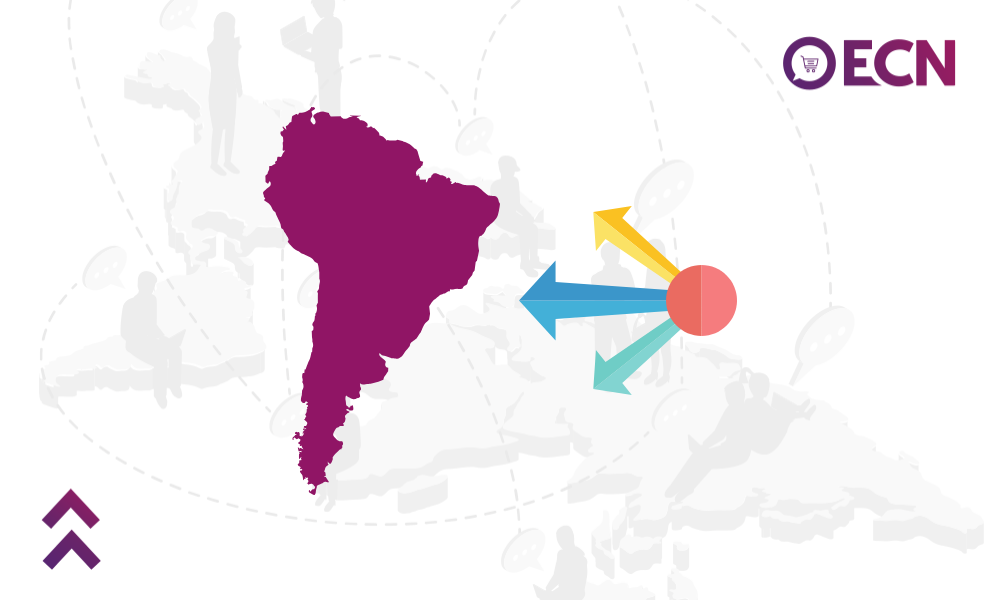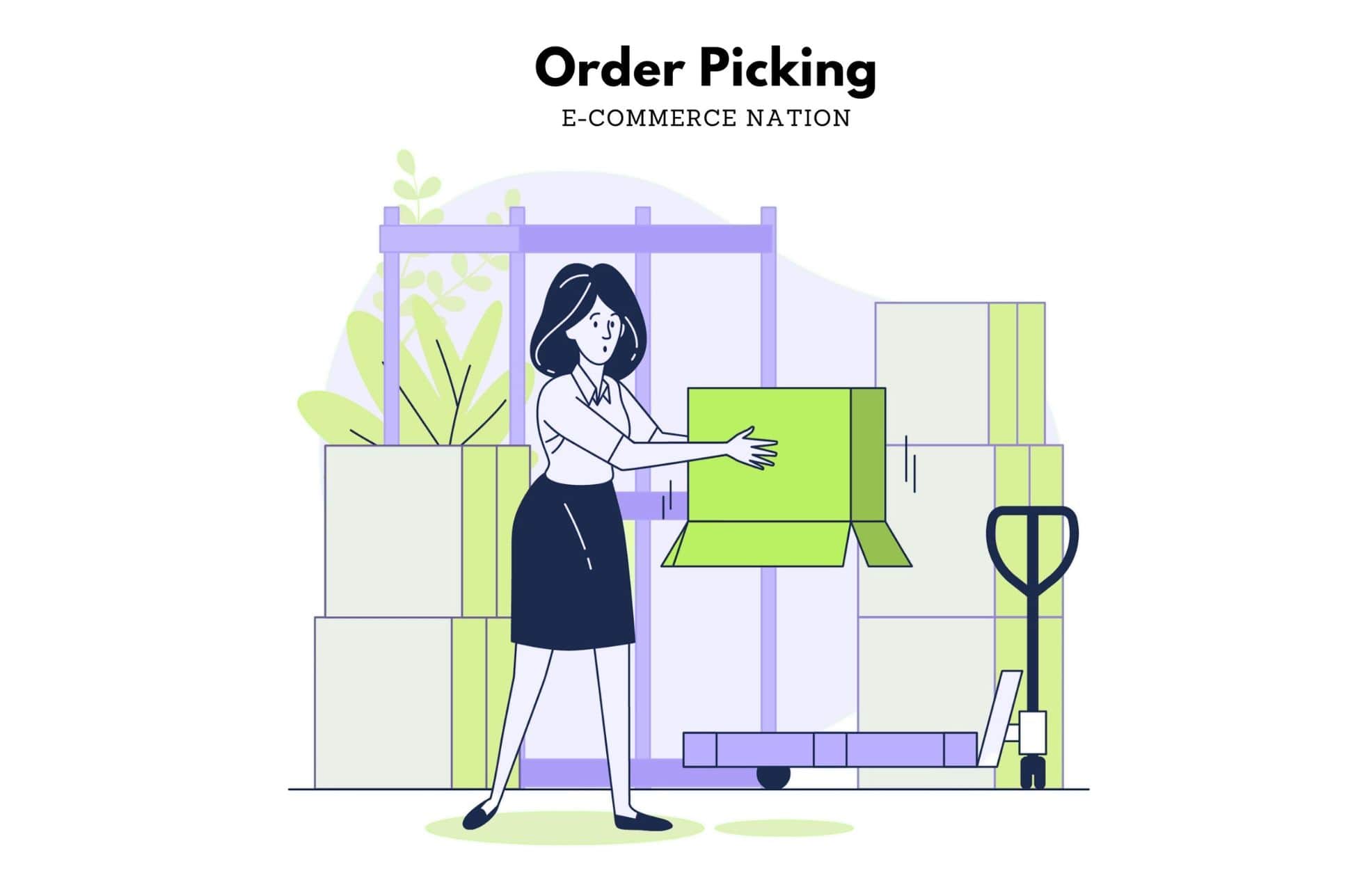From Mexico to Argentina, Latin Americans are all over the internet. The region is the world leader in ecommerce growth and is expected to grow eight percentage points above the global average of 11%, expected to double in value by the end of 2021.
If you’re ready to invest in Latin America, your timing is perfect.
Even though ecommerce giants are already working their way up the LatAm market, there’s still plenty of space to grow and invest in the region.
Before jumping into the “how to make my international ecommerce sell to LatAm”, let’s take a moment to analyze the “why”. Why is Latin America a good choice for an international expansion?
Why Should You Expand To LatAm?
Latin America’s middle class doubled in size over the last decade, which helped turn the region into one of the fastest-growing ecommerce markets in the world. In fact, two of the three fastest-growing ecommerce markets are Latin American countries: Colombia and Argentina. The market is still not saturated, making it easier for you to grow your reputation.
Many local ecommerce merchants are already succeeding in the region, but they’re still growing their brands without much competition. If you start right now, there’s room to become the ecommerce leader on your niche in countries such as Brazil and Mexico.
In 2016, Latin America represented the third largest regional online market in the world. By 2019, internet user penetration is expected to jump to more than 60% around the region. In order to see how powerful that is, 80% of Argentina’s population is internet user. In Brazil, over 55 million people made at least one online purchase during 2017, according to the 2018’s edition of Webshoppers, a study conducted by Ebit about ecommerce behavior in the country. People in Brazil are interested in buying everything online.
Latin America is a sea of opportunity if you want to expand your ecommerce business.
Ecommerce Market Growth
When it comes to ecommerce, Brazil is the market leader with more than $16.55 billion US dollars in sales just in 2016. By 2018, Mexico’s ecommerce is expected to reach reach $11 billion US dollars in sales.
In 2016, Argentina generated $5.1 billion US dollars in online sales, and is expected to represent up to 14% of online sales in Latin America by the end of 2019.
Strategies To Expand Your Ecommerce To LatAm
Study The Market
- Choose the right country for what you are sellingIt’s important to research consumer habits before investing in a country.
Find out which products they are purchasing online, the most accepted items and also how the population is used to shop.
In Brazil, for instance, the category of products that were most ordered online in 2017 was Fashion & Accessories, that accounted for 14.9% of all orders, followed by Cosmetics (12%), Home Appliances (10.8%), and Decoration (10.5%), as reported by Webshoppers 2018.
In Mexico, Fashion & Accessories was also the first category of products: 59% of online shoppers bought something from this category in 2017. When it comes to digital goods, 48% of them make at least one purchase in that year.
- Learn about local behaviourIf you can invest in a cultural research, please do it. If you can rely on local partners to do it, even better.Preferences and unique behaviour when it comes to online shopping are crucial information to guarantee your growth.
One thing to consider, for example, is how Latin Americans are used to pay for online purchases. Cash is a big deal in most Latin American countries, and people even pay for goods bought online using cash payments. Domestic credit cards are another payment method widely used in the region. - Do research on your competitorsYou’re heading to a whole new market right now. It’s important to know who your competitors are and analyze exactly what they are doing online. This is a great opportunity to learn with them and also to find ways to stand out in the crowd.
- Learn about legislation
Understanding the local legislation is mandatory when focusing on cross-border markets. Find out about laws that are related to international ecommerce businesses and everything you will need to do to connect your store to your future customers.
Pay special attention to products that are forbidden in the countries. What you are selling may not be allowed in the country you want to expand to.
Logistics
It’s important to do research about the logistics to deliver your products to this new market, so you can save money in the long run.
The best tip I can give you? Partner with companies that know what they are doing. This way you’ll have the information needed to really orient your new customers about local taxes that may incur.
Adjustments For The Market
- Translate the content
Don’t assume that everyone in the country you are heading to will understand your language. A great service is about offering a complete experience in the language that your customer feels comfortable with.
Since the majority of countries in Latin America speak Spanish and Portuguese, these will be the languages you’ll have to communicate in with your Latin American customers.
- Display prices in local currencyYou don’t want your customers having to make a ton of conversions to understand how much they are going to pay for your product or service. Adapt your online store to show prices in your customer’s local currency, in order to offer a better user experience. If Brazil is your target market, reais (BRL) are the local currency. In Mexico’s case, the Mexican peso (MXN). For Argentina, Argentine peso (ARS).
- Checkout process and local payment methodsEvery country has its own habits when it comes to online shopping. Before going all-in in a new market, make sure you understand the checkout process and how people are used to pay for online purchases in the country. Does international credit card have a strong penetration? Or is this a nation that relies more on domestic credit cards? Or on cash payment methods?
A good way to start doing this research is analysing your competition, and what they are offering in that country.
Customer Support
When it comes to customer support, you will also need to adapt to the local market.
This all comes down to being able to address customers requests, in a place where the customer is used to be, in a timely matter and in a way that they can fully understand you.
Some important topics you need to keep in mind are:
- Speak their language
- Adapt to the local culture
- Learn about the platforms in which your customers are talking
- Explain everything
- Local partnerships are gold
Marketing Strategies
- Build trust with local partnershipsWhen starting out in a new market, building confidence is mandatory. Think about ways to build trust by partnering with local websites, influencers or loyalty programs.
- Adapt to the local cultureMany holidays are celebrated differently in Latin America – even in different dates. Make sure you know the right dates to celebrate together with your customer and offer them the right products at the right time.
- Digital marketing and mobileMake sure to understand how digital marketing can benefit your expansion strategy. And pay extra attention to mobile, and to creating a mobile strategy. Since smartphone user penetration in Latin America is of over 43%, it is interesting to develop a communication with your Latin American customers through this channel.
Payment Methods
When a customer is about to checkout in your store, they are expecting to “see familiar faces” in your page. You’re the one responsible to adapt your payment options to fit the needs of this new audience that you’re about to reach.
As I said before in this article, in Latin America, people are very used to pay for online purchases using payment methods such as cash vouchers, domestic credit cards, and debit cards, for instance. In order to reach all the sales potential of the region, you have to provide this options to your customers.





